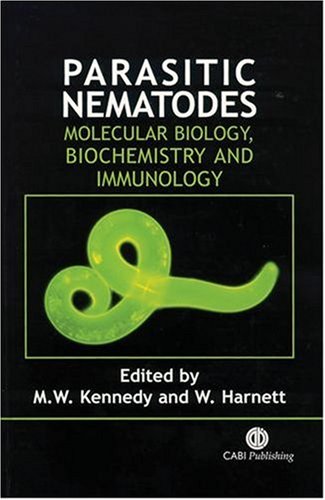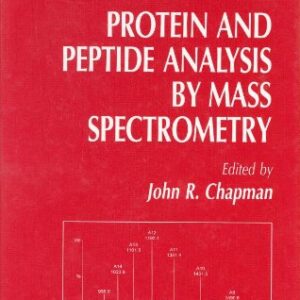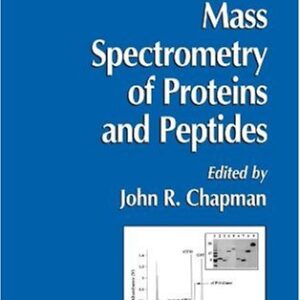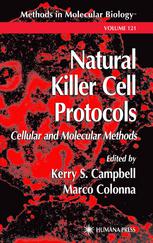Currently more than one third of the world’s population are infected with parasitic nematodes, and infection of domestic animals and crop plants remains a substantial drain on human wellbeing and economies. An understanding of the structure and function of genes, membrane and antigens of parasitic nematodes will help develop strategies to eliminate them or reduce their impact.Colour plates available to view onlineFigure 13.4 Comparison of H. contortus gut-derived cysteine protease (HMCP1) with human cathepsin B.Figure 16.2 Site of production of NPAs in C. elegans.Figure 16.4 The structure of As-p18.Figure 20.1 Confocal images of whole mounts of the ovijector region of A. suum stained with phalloidin-teramethylrhodamine isothiocyanate (TRITC) to show muscle and with an anti-RFamide antiserum coupled to fluorescein isothiocyanate (FITC) to show FaRPergic nerves.Figure 20.2 Confocal images of sections of the head region of A. suum stained with phalloidin-TRITC for muscle and with an anti-RFamide antiserum-FITC conjugate to show FaRPergic nerves. P, pharynx.Corrected version of Figure 9.2 Cuticle collagen and morphological mutants of C. elegans.
Biology
{pdf} Parasitic Nematodes: Molecular Biology, Biochemistry and Immunology W Harnett, M Kennedy
$19.99






Reviews
There are no reviews yet.